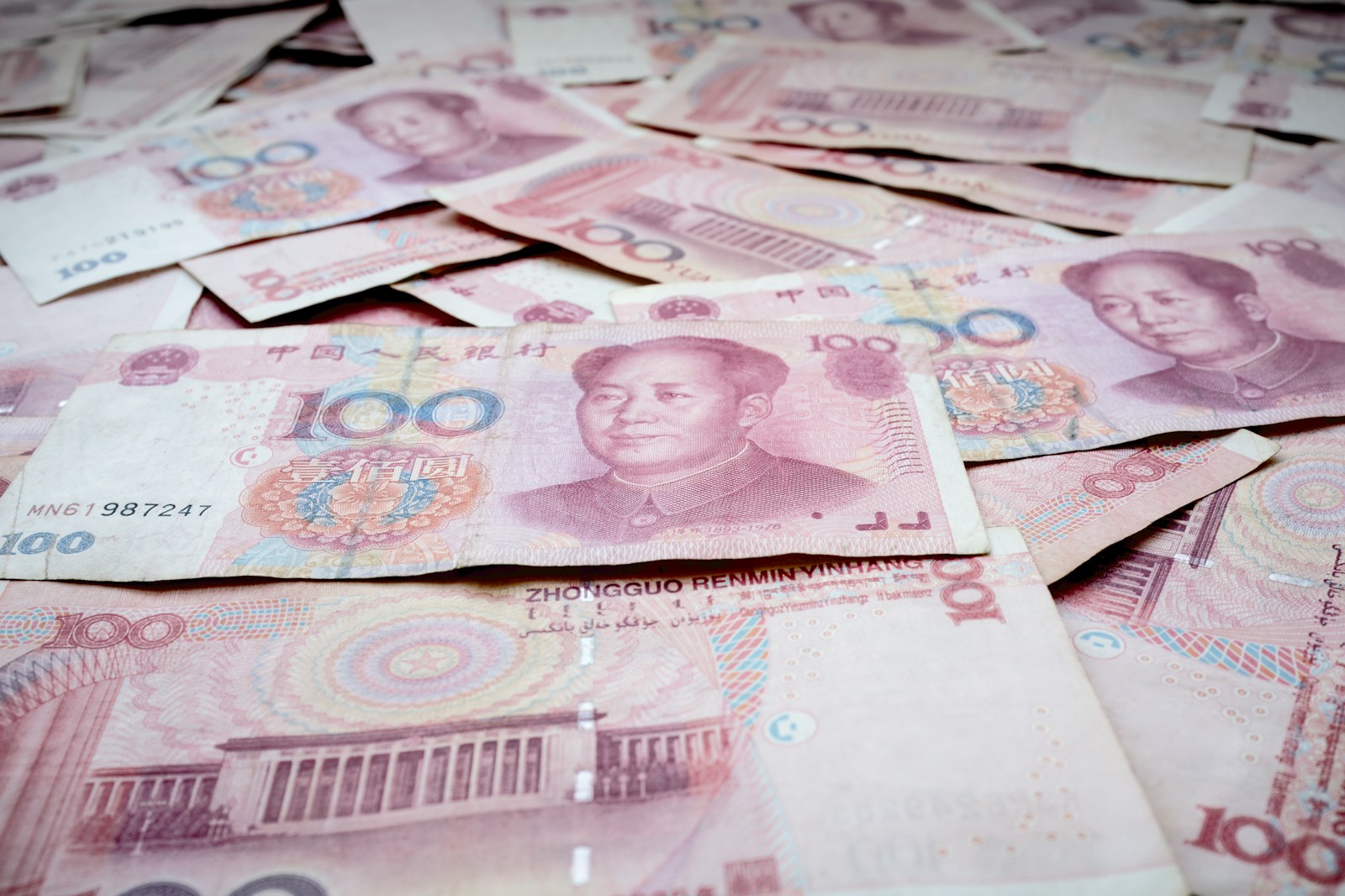The Rise of the Chinese Yuan in Global Transactions
The Chinese yuan has reached new heights in cross-border transactions this year, driven by China’s closer economic relations with Russia and efforts to reduce dependency on the U.S. dollar. In July, 53% of China’s incoming and outgoing transactions were conducted in yuan, up from 40% in July 2021, according to the State Administration of Foreign Exchange. This increase reflects trade settlements, investment flows, and debt repayments.

Closer Ties with Russia and Other Countries
The surge in the use of the Chinese yuan is largely due to U.S. sanctions that have limited Russia’s ability to trade in dollars, prompting a significant shift towards yuan transactions. Russian Central Bank Governor Elvira Nabiullina noted that the use of the yuan for settlements, financial transactions, and deposits has “risen sharply” since the beginning of the conflict in Ukraine.
In addition to Russia, China has strengthened its ties with countries like Saudi Arabia, Argentina, and Mongolia by opening or renewing currency swap lines in 2023. These countries, rich in natural resources, are essential trade partners for China, which aims to secure a stable supply of raw materials. New yuan settlement banks have also been established in countries such as Brazil, Serbia, Laos, Kazakhstan, and Pakistan.
China’s Strategic Push for Yuan Internationalization
China’s government, under President Xi Jinping, has emphasized the importance of strengthening the Chinese yuan as part of a broader strategy to internationalize its currency. Keeping the yuan’s exchange rate stable against the U.S. dollar despite selling pressures has encouraged more trading partners to use the yuan. The goal is to have more global transactions conducted in yuan, reducing reliance on the U.S. dollar and increasing China’s influence in the global economy.
However, some analysts warn that the future growth of yuan-denominated trade may face limitations due to Western countries’ reluctance to trade in yuan. Past efforts to internationalize the yuan suffered setbacks, such as the 2015 devaluation by the People’s Bank of China. This event, aimed at boosting exports, led to a decline in yuan usage for years.
Future Outlook
As China continues its push to internationalize the yuan, the success of these efforts will depend on the willingness of global partners to adopt the currency for trade and financial transactions. While progress has been made with several countries, skepticism remains, especially among Western economies. Whether the Chinese yuan can gain a more prominent role in global finance remains an open question, but the recent trends indicate a strategic shift that could reshape the financial landscape.
Conclusion
The increasing use of the Chinese yuan in international trade and finance reflects China’s growing influence and strategic efforts to build a more diversified global financial system. As geopolitical dynamics evolve and economic partnerships deepen, the future of the yuan looks promising, yet challenging. The world will be watching to see how far China can go in its quest to make the yuan a dominant global currency.




